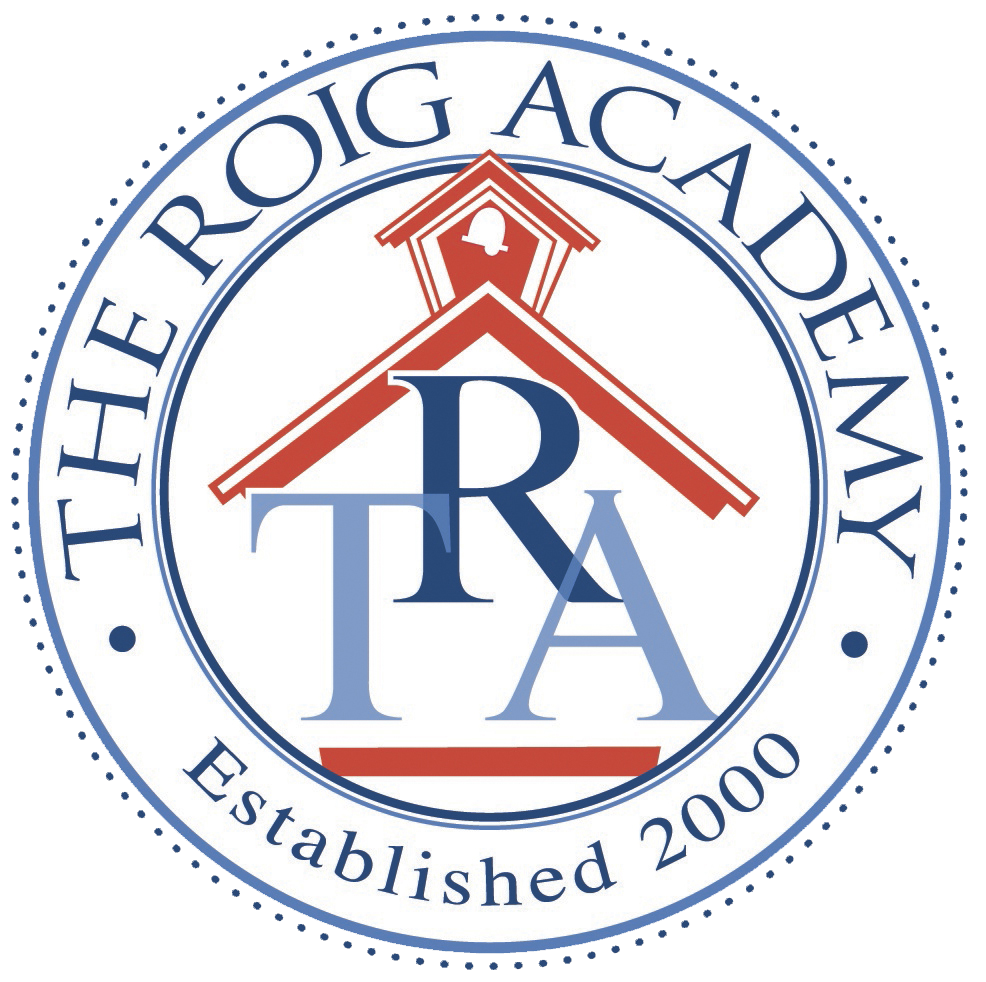Every child experiences and perceives learning differently. As a result, their learning experiences are vast and dependent on a variety of factors. And so it goes to say that learning is not a one-size-fits-all approach. Most parents intuitively sense that their child has their own individual needs for learning. However, despite this recognition, parents are often unsure how to proceed in order for their child to have the best and most successful learning opportunity possible. When we embrace the notion that learning is an individual process for each of our students, then as a collective we are in a better position to determine which teaching strategies and methodologies best speak to their strengths.
In a traditional learning environment, there are a variety of means that children grasp, process and demonstrate their learning and understanding. For example, some children may grasp and process information best by hearing the teacher explain it, while others learn best with the use of visuals. Finally, there are those who learn best through hands-on experiences. These are representative of the three basic learning styles; visual, auditory, and kinesthetic.
Visual Learners
Teaching pedagogy states that students who are visual learners process new information by utilizing visual representations available to them while learning. Charts and graphs are the best way to teach visual learners information. However, they may become impatient when listening to an explanation. Visual learners thrive when given opportunities to present their work.
Auditory Learners
Auditory learners are most successful when listening to explanations and information. These students benefit from the ideas of others through engaging in conversation both as listeners and speakers in their learning environment. Auditory learners can either prefer to have music on in the background while studying, or may be distracted by noises and need a quiet place. Children with this learning style will be happiest communicating their ideas verbally. These types of learners typically exude confidence when sharing their insights and ideas with others.
Kinesthetic Learners
Lastly, the kinesthetic learner is most successful when engaged in learning opportunities that promote movement. Kinesthetic learners have difficulty sitting still for an extended period of time. They benefit from a learning environment that allows for the exploration of concepts and ideas. Kinesthetic learners learn in an active an ongoing environment. Children with this learning style will enjoy working in groups and engaging in a wide range of hands-on activities. For more resources on learning styles, click here.
At The Roig Academy, we engage all prospective students in an individualized interview and use evidence-based psychological testing in order to determine their learning style. Once we understand their learning profile, our multidisciplinary team is then able to develop a comprehensive academic plan that addresses a student’s area of need and one that embraces their strengths. With that, we can develop a learning environment that promotes exceptional learning outcomes. We ensure to accommodate individual learning styles by practicing various teaching and learning practices. Additionally, we offer a nurturing learning environment that allows for all learners to succeed.
We believe that exceptional learning occurs when teachers acknowledge the various learning styles. Additionally, when teachers offer a variety of learning experiences that appeal to all types of learners. Teachers are balanced in their approaches to ensure that all forms of learning are achievable in the classroom. We provide an engaging and rich academic experience for every child by looking at a child’s learning style, their academic strengths, areas of need, and whether there is a diagnosed learning disability.

